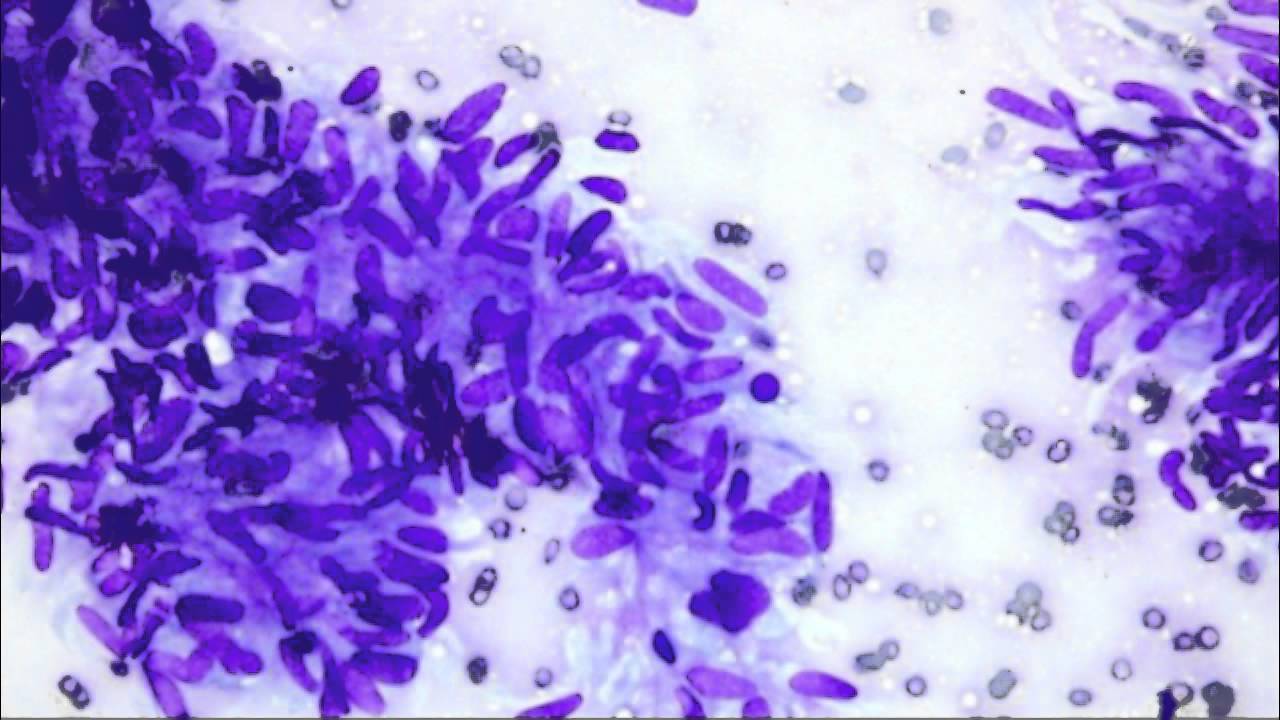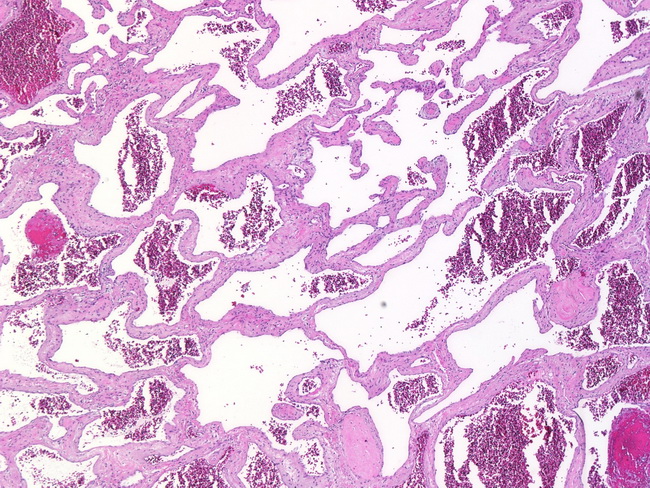-
0 tests / Rs. 0.00 Cart
Cart

 Cart
Cart 
Health Solutions offer more than 700 tests ranging from the simplest screening to advanced tests under molecular pathology, cytopathology, histopathology ,clinical pathology, Immunopathology hematolpathology , surgical pathology & Wellness
The term pathology itself may be used broadly to refer to the study of disease in general, incorporating a wide range of bioscience research fields and medical practices (including plant pathology and veterinary pathology), or more narrowly to describe work within the contemporary medical field of "general pathology," which includes a number of distinct but inter-related medical specialties that diagnose disease—mostly through analysis of tissue, cell, and body fluid samples. Used as a count noun, "a pathology" (plural, "pathologies") can also refer to the predicted or actual progression of particular diseases (as in the statement "the many different forms of cancer have diverse pathologies"), and the affix path is sometimes used to indicate a state of disease in cases of both physical ailment (as in cardiomyopathy) and psychological conditions (such as psychopathy). Similarly, a pathological condition is one caused by disease, rather than occurring physiologically.
The modern practice of pathology is divided into a number of subdisciplines within the discrete but deeply interconnected aims of biological research and medical practice. Biomedical research into disease incorporates the work of vast variety of life science specialists, whereas, in most parts of the world, to be licensed to practice pathology as medical specialty, one has to complete medical school and secure a license to practice medicine. Structurally, the study of disease is divided into many different fields that study or diagnose markers for disease using methods and technologies particular to specific scales, organs, and tissue types. The information in this section mostly concerns pathology as it regards common medical practice in these systems, but each of these specialties is also the subject of voluminous pathology research as regards the disease pathways of specific pathogens and disorders that affect the tissues of these discrete organs or structures.
Cytopathology (sometimes referred to as "cytology") is a branch of pathology that studies and diagnoses diseases on the cellular level. It is usually used to aid in the diagnosis of cancer, but also helps in the diagnosis of certain infectious diseases and other inflammatory conditions as well as thyroid lesions, diseases involving sterile body cavities (peritoneal, pleural, and cerebrospinal), and a wide range of other body sites. Cytopathology is generally used on samples of free cells or tissue fragments (in contrast to histopathology, which studies whole tissues) and cytopathologic tests are sometimes called smear tests because the samples may be smeared across a glass microscope slide for subsequent staining and microscopic examination. However, cytology samples may be prepared in other ways, including cytocentrifugation.

Histopathology refers to the microscopic examination of various forms of human
tissue.
Specifically, in clinical medicine, histopathology
refers to the examination of a biopsy or surgical specimen by a pathologist, after
the
specimen has been processed and histological sections
have been placed onto glass slides. This contrasts with the methods of
cytopathology, which
uses free cells or tissue fragments.
Histopathological examination of tissues starts with surgery, biopsy, or autopsy.
The tissue
is removed from the body of an organism
and then placed in a fixative that stabilizes the tissues to prevent decay. The most
common
fixative is formalin, although frozen section
fixing is also common. To see the tissue under a microscope, the sections are
stained with
one or more pigments.
The aim of staining is to
reveal cellular components; counterstains are used to provide contrast.

Histochemistry
refers to the science of using chemical reactions
between laboratory chemicals and components within tissue. The histological slides
are then
interpreted diagnostically and the resulting
pathology report describes the histological findings and the opinion of the
pathologist.
In
the case of cancer, this represents the tissue
diagnosis required for most treatment protocols.
Surgical pathology is one of the primary areas of practice for most anatomical pathologists. Surgical pathology involves the gross and microscopic examination of surgical specimens, as well as biopsies submitted by surgeons and non-surgeons such as general internists, medical subspecialists, dermatologists, and interventional radiologists. Often an excised tissue sample is the best and most definitive evidence of disease (or lack thereof) in cases where tissue is surgically removed from a patient. These determinations are usually accomplished by a combination of gross (i.e., macroscopic) and histologic (i.e., microscopic) examination of the tissue, and may involve evaluations of molecular properties of the tissue by immunohistochemistry or other laboratory tests.

HClinical pathology is a medical specialty that is concerned with the diagnosis of disease based on the laboratory analysis of bodily fluids such as blood and urine, as well as tissues, using the tools of chemistry, clinical microbiology, hematology and molecular pathology. Clinical pathologists work in close collaboration with medical technologists, hospital administrations, and referring physicians. Clinical pathologists learn to administer a number of visual and microscopic tests and an especially large variety of tests of the biophysical properties of tissue samples involving Automated analysers and cultures. Sometimes the general term "laboratory medicine specialist" is used to refer to those working in clinical pathology, including medical doctors, Ph.D.s and doctors of pharmacology. Immunopathology, the study of an organism's immune response to infection, is sometimes considered to fall within the domain of clinical pathology.
Hematopathology is the study of diseases of blood cells (including constituents such as white blood cells, red blood cells, and platelets) and the tissues, and organs comprising the hematopoietic system. The term hematopoietic system refers to tissues and organs that produce and/or primarily host hematopoietic cells and includes bone marrow, the lymph nodes,thymus, spleen, and other lymphoid tissues. In the United States, hematopathology is a board certified subspecialty (licensed under the American Board of Pathology) practiced by those physicians who have completed a general pathology residency (anatomic, clinical, or combined) and an additional year of fellowship training in hematology.

The hematopathologist reviews biopsies of lymph nodes, bone marrows and other tissues involved by an infiltrate of cells of the hematopoietic system. In addition, the hematopathologist may be in charge of flow cytometric and/or molecular hematopathology studies.
Immunopathology is a branch of clinical pathology that deals with an organism’s immune response to a certain disease. When a foreign antigen enters the body, there is either an antigen specific or nonspecific response to it. These responses are the immune system fighting off the foreign antigens, whether they are deadly or not. Immunopathology could refer to how the foreign antigens cause the immune system to have a response or problems that can arise from an organism’s own immune response on itself. There are certain problems or faults in the immune system that can lead to more serious illness or disease. These diseases can come from one of the following problems. The first would be Hypersensitivity reactions, where there would be a stronger immune response than normal.

There are four different types (type one, two, three and four), all with varying types and degrees of an immune response. The problems that arise from each type vary from small allergic reactions to more serious illnesses such as tuberculosis or arthritis. The second kind of complication in the immune system is Autoimmunity, where the immune system would attack itself rather than the antigen. Inflammation is a prime example of autoimmunity, as the immune cells used are self-reactive. A few examples of autoimmune diseases are Type 1 diabetes, Addison’s disease and Celiac disease. The third and final type of complication with the immune system is Immunodeficiency, where the immune system lacks the ability to fight off a certain disease. The immune system’s ability to combat it is either hindered or completely absent. The two types are Primary Immunodeficiency, where the immune system is either missing a key component or does not function properly, and Secondary Immunodeficiency, where disease is obtained from an outside source, like radiation or heat, and therefore cannot function properly. Diseases that can cause immunodeficiency include HIV, AIDS and leukemia. In all vertebrates, there are two different kinds of immune responses: Innate and Adaptive immunity. Innate immunity is used to fight off non-changing antigens and is therefore considered nonspecific. It is usually a more immediate response than the adaptive immune system, usually responding within minutes to hours.[18] It is composed of physical blockades such as the skin, but also contains nonspecific immune cells such as dendritic cells, macrophages, T Cells, and basophils. The second for of immunity is Adaptive immunity. This form of immunity requires recognition of the foreign antigen before a response is produced. Once the antigen is recognized, a specific response is produced in order to destroy the specific antigen. Because of this idea, adaptive immunity is considered ' to be specific immunity. A key part of adaptive immunity that separates it from innate is the use of memory to combat the antigen in the future. When the antigen is originally introduced, the organism does not have any receptors for the antigen so it must generate them from the first time the antigen is present. The immune system then builds a memory of that antigen, which enables it to recognize the antigen quicker in the future and be able to combat it quicker and more efficiently. The more the system is exposed to the antigen, the quicker it will build up its responsiveness.
Molecular pathology is focused upon the study and diagnosis of disease through the examination of molecules within organs, tissues or bodily fluids. Molecular pathology is multidisciplinary by nature and shares some aspects of practice with both anatomic pathology and clinical pathology, molecular biology, biochemistry, proteomics and genetics. It is often applied in a context that is as much scientific as directly medical and encompasses the development of molecular and genetic approaches to the diagnosis and classification of human diseases, the design and validation of predictive biomarkers for treatment response and disease progression, and the susceptibility of individuals of different genetic constitution to particular disorders.

The crossover between molecular pathology and epidemiology is represented by a related field "molecular pathological epidemiology". Molecular pathology is commonly used in diagnosis of cancer and infectious diseases. Molecular Pathology is primarily used to detect cancers such as melanoma, brainstem glioma, brain tumors as well as many other types of cancer and infectious diseases.[ Techniques are numerous but include quantitative polymerase chain reaction (qPCR), multiplex PCR, DNA microarray, in situ hybridization, DNA sequencing, antibody based immunofluorescence tissue assays, molecular profiling of pathogens, and analysis of bacterial genes for antimicrobial resistance. Techniques used are based on analyzing samples of DNA and RNA. Pathology is widely used for gene therapy and disease diagnosis
We are in the process of establishing a mutually beneficial relationship with other business people and potential clients related to the health care industry. The key to true networking is establishment of mutually beneficial relationship and increasing business revenue one way or another. Doctors as well as patients can now trust us because accuracy, reliability and patient focus is our key to success. We are looking to increase our direct presence in major cities and towns with a large network of collection centers to service every town and city of India. We are also looking to partner with hospitals for helping to manage their laboratory more profitably and efficiently.
Preventive health care refers to actions and lifestyle choices that serve to prevent future health complications or reduce the likelihood of serious illness and disease. This can include daily actions such as regular washing of hands and avoiding contact with people showing obvious signs of communicable illness, or larger decisions such as eating healthily, finding time for exercise, and having regular screenings and checkups for common or likely illnesses. Preventive health care may initially seem like it requires a great deal of time, especially for someone who changes his or her lifestyle in an effort to remain healthy. It can, however, save a great deal of time and money if it effectively prevents illness or disease and reduces the need for expensive treatment.

While preventive health care may take many different forms, they all have the same basic goal: to prevent illness and disease before they occur, rather than only treating a problem after it is found. Preventive health care includes four basic means of preventing or treating diseases and other illnesses. These are avoiding the development of a disease or illness, promoting early detection of diseases, reducing the effects of an already established illness, and avoiding the potential negative impact of unnecessary interactions with the health care system.
Some disorders like heart disease may result in sudden death without any previous warning signs. Prevention, in such cases, is not only better than cure but is often the only option for a healthy life. Modern lifestyles don’t leave people with quality time for healthy routines. It then becomes necessary that periodic health checkups be done for early detection of risk factors and diseases. Diabetes, Obesity, Hypertension, Stress, High Cholesterol, Heart Diseases… Most of the diseases are “silent”, We often do not have any early symptoms.
Hence regular screening tests are the only way for early detection. All these diseases are quite debilitating. They seriously impair normal life and if left untreated, lead to complications and may even cause death. Fortunately, these diseases can be easily prevented and even fully cured if detected early. Some of these diseases can be ‘managed’ so that you can lead a near normal life. All that you need to do is to make slight modifications in your lifestyle, eat regularly and responsibly, exercise, avoid stress, and sleep well. Regular health check – ups coupled with these lifestyle changes, can go a long way in the prevention, early detection and cure of these diseases.
Microbiology is the study of microscopicorganisms, those being unicellular (single cell), multicellular (cell colony), or acellular (lacking cells). Microbiology encompasses numerous sub-disciplines including virology, mycology, parasitology, and bacteriology.
As an application of microbiology, medical microbiology is often introduced with medical principles of immunology as microbiology and immunology
The branches of microbiology at Health Solutions
